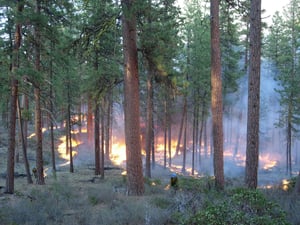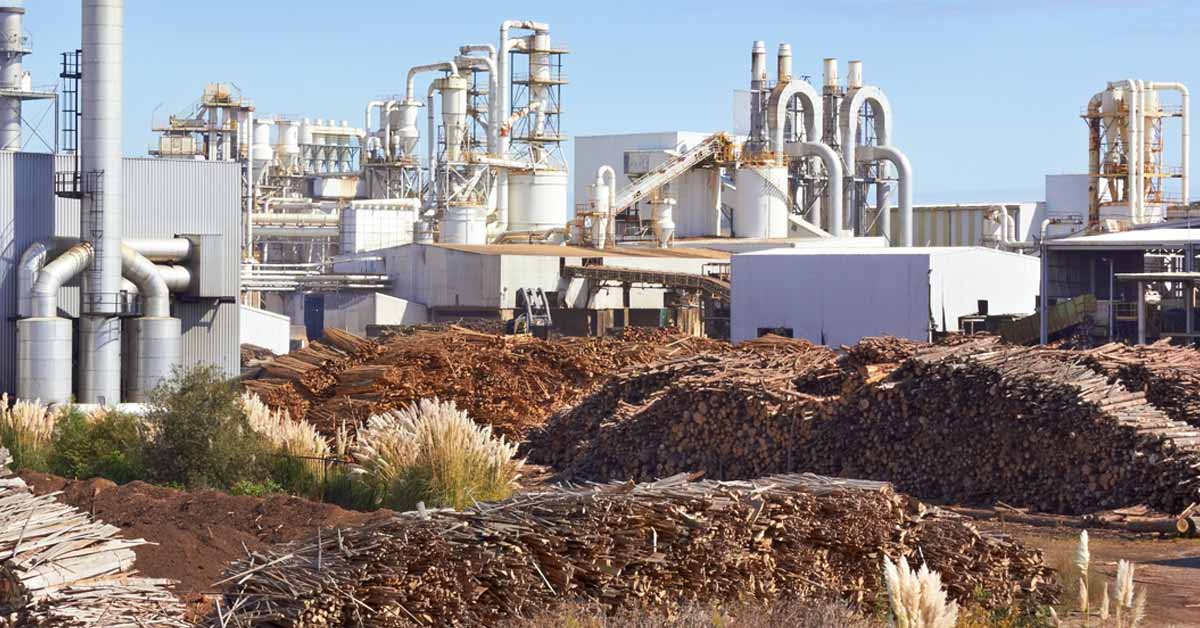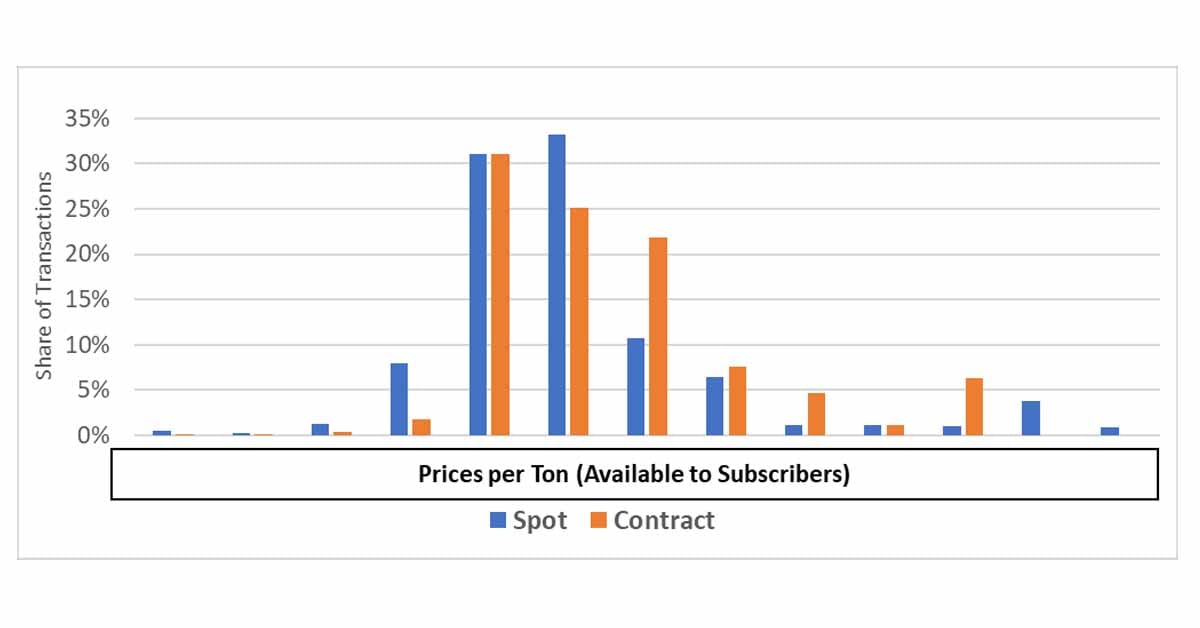This post originally appeared on Forest2Market's Market Watch blog.
The extent, ferocity and impact of the 2019-20 wildfire season in Australia will be felt long into the future at the personal, community and business levels. It may be that we have reeled from one crisis to the next right now, however the impact of the fires will be felt for a long time.
Often overused, it seems appropriate to say in this case that the fires have been unprecedented. But as the COVID-19 crisis continues to unfold around us, it is just as clear we are living an unprecedented year.
- Estimates suggest as much as 9 million hectares (22 million acres) of Australia’s land mass was impacted by the fires
- Up to 100,000 hectares (247,000 acres) or 10 percent of softwood plantations have been impacted
- The ability to salvage wood from affected land is variable (some efforts are underway)
- Plantation establishment strategy is now urgent and requires reconsideration
Like others, IndustryEdge has been inundated with information requests from those seeking to understand the scale of the fires and their likely impact on Australia’s timberland and timber resources.
Until recent heavy rains put out many of the fires and reduced the immediate risks, we considered it more appropriate to wait before providing a comprehensive overview. Loss of life, housing, livestock and livelihoods have been the main focus. Recovery of communities, families and personal and business lives is rightly the new focus.
WATCH: Tim Woods of IndustryEdge Discusses the Impacts of COVID-19 on the Forest Supply chain in Australasian Markets.
How much land has been impacted?
Coupled with their ferocity, the scale of the 2019-20 fires has been dramatic. It is still unclear exactly how much of Australia’s native forests and industrial plantations have been impacted by the fires.
Estimates range between 7.5 million and 9.0 million hectares to the end of January.
In South Australia, 95 percent of the plantations owned by the listed Kangaroo Island Plantation Timbers (KIPT) on Kangaroo Island were impacted. The 80 percent hardwood (Eucalyptus Globulus) and 20 percent softwood (Radiata pine) plantations are being assessed for salvage, with the emphasis initially on smaller softwood logs to produce replacement fence poles for the devastated island community.
All of the private plantation estate on the island was impacted, and mainland South Australian plantation assets were also impacted. 
The extent of the fire damage in Victoria has been reported at around 1.2 million hectares (2.9 million acres) in total, the majority of which is native forest, including significant coupes reportedly allocated to harvesting, but also significant conservation reserves. Softwood plantations in North East Victoria were impacted, with damage estimated to have impacted more than 6,000 hectares.
More than 5.0 million hectares of land were fire-affected in New South Wales by the end of January. Softwood plantations were particularly hard hit, with at least 50,000 hectares (124,000 acres) impacted—some owned privately, but most by the state-owned Forestry Corporation of NSW.
Fires also impacted the Australian Capital Territory and Queensland.
How much wood fiber has been destroyed?
The short answer is that it is still too soon to tell how much wood has been destroyed or even impacted. Estimates of timber destruction range widely, in part because in many plantations, for example, some of the fire-damaged wood can be salvaged and processed. Salvage activities are already underway.
The major industrial impact is on softwood plantations. Already in short supply now, the looming softwood fiber forecast deficit for the next two decades has become a gaping hole.
In late January, one estimate of the impact in a region supplying logs to both the sawnwood and pulp and paper sectors was that more than one-third of the resource was damaged. Estimates included that around 4.0 million m3 of logs could be salvaged in a single activity in that region.
Another region may be able to salvage around 1.0 million m3 of fire-damaged wood.
We are advised that salvage operations can occur for a period of up to eighteen months in most cases, before logs decay to the point of being unusable.
However, no amount of salvage activity can diminish the scale and extent of the damage caused by these fires. Salvage masks the true extent of the problem because it means there may be sufficient logs available early for manufacture into sawnwood, pulp and other wood products. (That assumes salvaged logs are not so badly damaged they are unable to be processed without causing significant damage to equipment.)
Once the salvage log inventories are depleted, however, the available fiber on productive land is reduced, resulting in an insufficient supply to meet future demand.
Will replanting occur, and what of other fire management tools?
Native forests will, in most cases regenerate, aided by the expert forest managers in the state agencies, VicForests and the Forestry Corporation of NSW. The quality of the regenerated forests will take many years to assess.
Industrial plantations will, in most cases, be replanted. It is clear though that some rethinking of locations, firebreaks and the role of fuel reduction methods are required. That could result in different plantation design modelling, which could become more prevalent in the landscape.
This is a potentially troubling proposition for Australia, because in total there are a little less than 2.0 million hectares (5 million acres) of plantations (1.0 million ha softwood and 0.9 million ha hardwood). There is wide acceptance that the country has insufficient plantations to supply its current or future wood needs.
The Australian government’s support for the planting of “one billion” trees (about 400,000 hectares or 988,000 acres) and the availability of a concessional loan scheme now have to be placed alongside the need to ensure re-planting occurs wherever possible, as soon as possible.
There will still be a deficit, however, there was always going to be one anyway. Now, the size of the deficit has increased as a result of the fires.
Turning to fire management tools and practices, industry experts on all the myriad aspects of land-use are available to ensure the application of the best available science.










